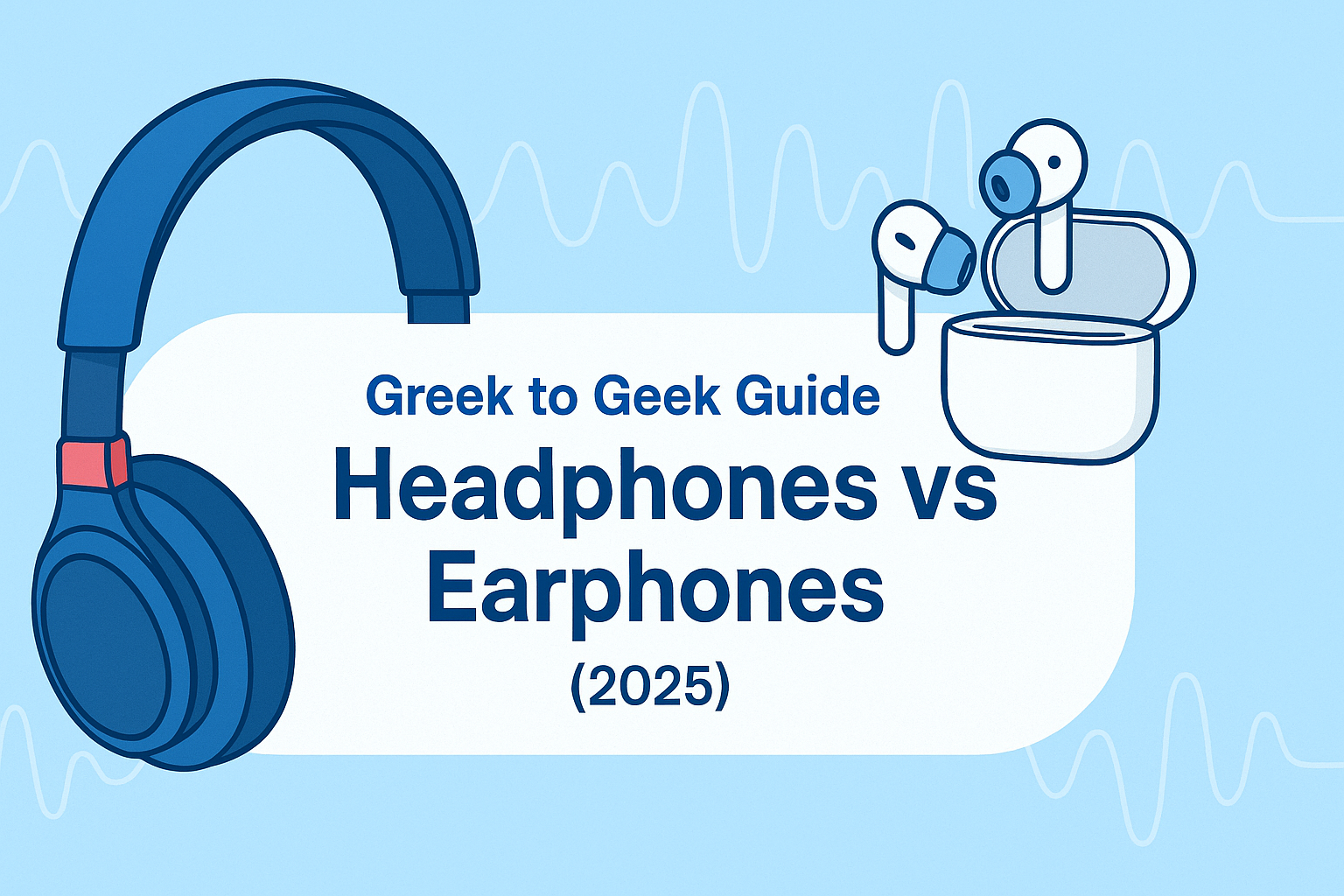
If you're a music producer, mixing engineer, or home studio enthusiast, you know how important it is to have the right monitoring gear. While studio monitors or monitor speakers are ideal for mixing, a good pair of headphones can be just as critical — especially when working in untreated rooms or at odd hours. But what actually makes a headphone “good” for mixing and monitoring? Let’s dive into the key factors like headphone design, frequency response, and also highlight some reliable studio headphones available at Bajaao.
Closed-Back vs. Open-Back Headphones
When choosing studio headphones, one of the first decisions you'll make is between closed-back and open-back designs — both serve very different purposes.
- Closed-Back Headphones: These isolate sound, making them great for recording sessions where you don’t want the microphone to pick up headphone bleed. They offer tight bass but can have a slightly “boxed-in” sound that’s less natural for mixing.
- Open-Back Headphones: These allow air and sound to pass through the ear cups, resulting in a more natural, spacious audio experience. They’re ideal for mixing and critical listening but are not suitable for recording due to sound leakage into the microphone.
In summary: Use closed-back headphones for tracking and open-back headphones for mixing and mastering. If you're doing both, having one of each is ideal.
Why Frequency Response Matters
Unlike casual headphones that often boost bass or treble, studio headphones aim for a flat and neutral frequency response. This neutrality ensures you're hearing your mix as it truly is — no exaggerated lows or highs — which helps make accurate mixing decisions.
Look for headphones that provide detailed mids (for vocals and instruments), smooth highs (for cymbals and reverb tails), and tight, controlled bass. A balanced frequency response is key to creating mixes that translate well to studio monitors, car systems, earbuds, and more.
Other Features to Consider
- Impedance: High-impedance headphones (e.g., 250 ohms) are best driven by audio interfaces or dedicated headphone amps, while low-impedance models work well with laptops or portable devices.
- Comfort: Long mixing sessions demand plush ear cushions and adjustable headbands on your studio headphones.
- Build Quality: A sturdy design ensures the headphones can withstand regular use in recording sessions or while using monitor speakers.
Top Studio Headphones You Can Buy at Bajaao
Here are some of the most reliable and popular studio headphones available at Bajaao, ideal for use with studio monitors and for mixing, mastering, or microphone monitoring.
- Vault Sonic M50 – Budget-friendly closed-back headphones with a balanced sound signature and excellent isolation for working with microphones.
- Audio-Technica ATH-M20x – Entry-level closed-back headphones from the M-series, great for basic mixing and mic monitoring.
- Audio-Technica ATH-M50x – Industry-standard closed-back studio headphones with superb isolation, perfect for tracking vocals with microphones and checking mixes alongside studio monitors.
- Beyerdynamic DT 770 Pro (250 Ohm) – High-end closed-back headphones that deliver stunning clarity, ideal for professional studios using high-resolution monitor speakers and top-tier microphones.
- Shure SRH240A – Lightweight, durable studio headphones with extended frequency response, excellent for home recording with microphones or referencing alongside monitor speakers.
- Samson SR950 – Semi-open back design gives you a wide stereo field for mixing accuracy, great as a companion to studio monitors and microphones.
Frequently Asked Questions (FAQs)
A: Yes. Studio headphones are designed with a flat frequency response and minimal coloration, offering a more accurate sound for critical listening and mixing tasks.
A: Use closed-back headphones for recording with microphones to avoid sound leakage, and open-back headphones for detailed mixing and mastering.
A: Yes, ideally. Studio monitors provide a room-based reference that headphones can’t replicate. Use both for best results in a mixing workflow.
A: Impedance affects how much power is needed to drive your headphones. High-impedance headphones require a dedicated amp or audio interface for optimal performance.
Final Thoughts
Whether you're producing tracks in your bedroom or mixing professionally in a treated space, the right studio headphones will help you hear the truth in your music. Choose based on your needs: closed-back for recording, open-back for critical listening, and make sure to complement your setup with trusted monitor speakers and high-quality microphones.
Explore the entire collection of studio headphones at Bajaao. Whether you're mixing, tracking, or mastering, we’ve got the right gear to suit your workflow and budget.
Need expert advice? Our product specialists are just a call away to help you choose the best headphones, monitor speakers, and microphones for your studio.




Share:
How to Choose the Right Strings for Your Guitar: A Complete Guide
Best Acoustic Guitars Brands to Buy in India